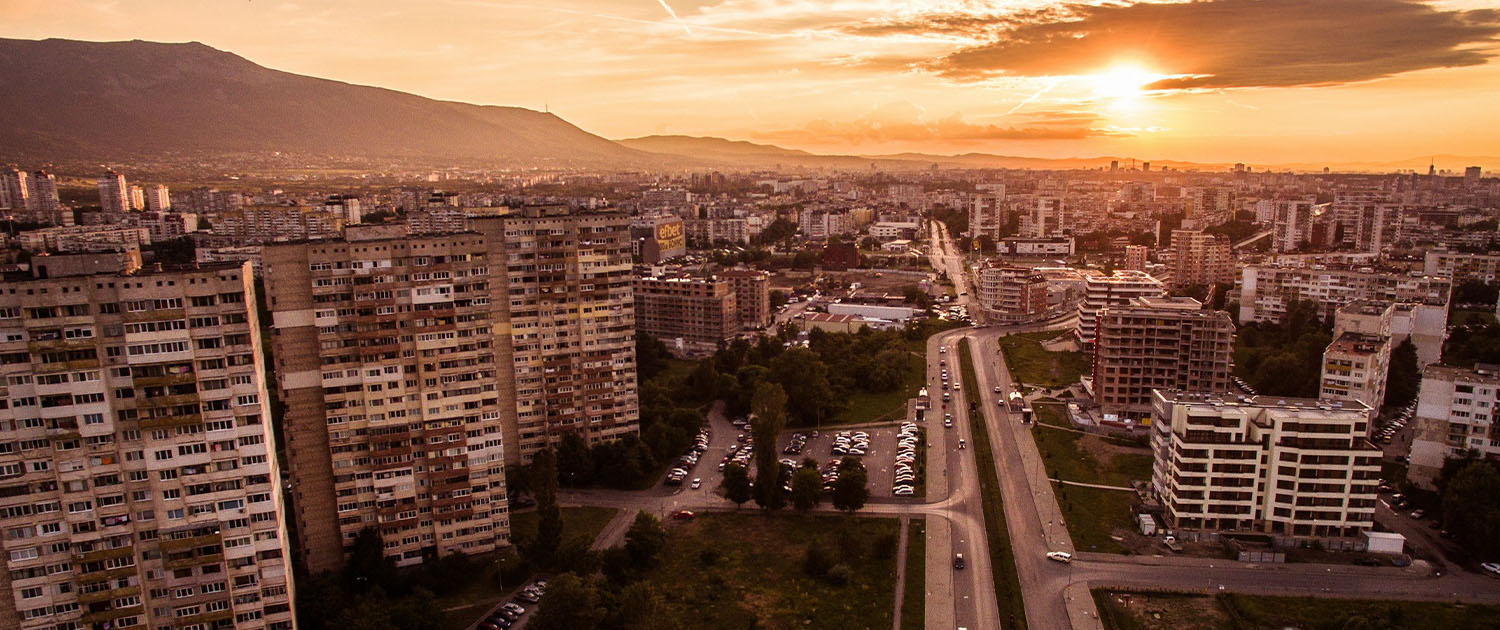At last month’s Mobile World Congress, mobile operator A1 Bulgaria was awarded the Ookla Speedtest Award for the Fastest Mobile Network.
This is an outstanding individual achievement for the largest mobile operator in Bulgaria and also shines a light on the impressive work the local telecommunication and Internet community has been doing in the background to increase the country’s Internet resilience to be the 6th most resilient globally!
Let’s unpack how Bulgaria has achieved this feat and is still working towards increasing resilience.
Establishing a Solid Foundation
In the late 90s, Bulgaria became one of the first countries to waive licensing and registration for Internet service providers (ISPs).
In its 2010 response to Internet-related public policy issues at ITU, the Internet Society Bulgaria Chapter reflected on how this resulted in “unprecedented growth of Internet penetration, affordability, and quality of the service” over the coming decade, as smaller ISPs were able to establish themselves quicker, driving the need for competitors to improve their services and lower their costs.
“The Bulgarian example shows that less regulation results in higher competition, better choices for the users, as well as affordable and very fast access to the Internet,” noted the response authors.
While regulation has returned somewhat since the days when cables didn’t need to be laid underground, having a strong, competitive, and established market in place provided Bulgaria with a foundation that has enabled local service providers like A1 Bulgaria to invest in its network infrastructure and performance and encourage others to do the same while retaining affordability. These factors are apparent in the Pulse Internet Resilience Index (IRI) profile for Bulgaria (Figure 1), with mobile connectivity (89%), mobile network performance (77%), and affordability (92%), all ranking very high compared to other countries.
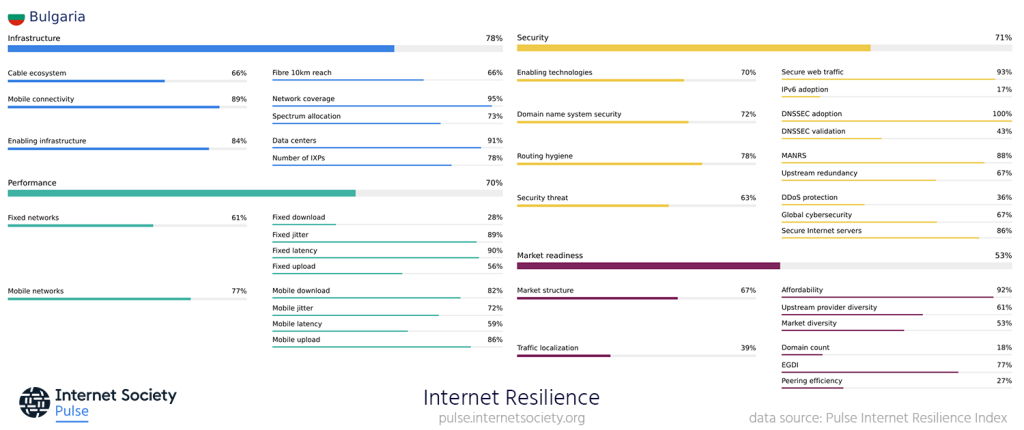
Figure 1 — Pulse Internet Resilience Index profile for Bulgaria. Source: Pulse.
On the flip side, there are areas that the country can improve, most prominently its fixed network download speed (28%), which, according to Ookla (Figure 2), currently ranks 68th globally, a large margin behind its 12th-placed mobile rank.
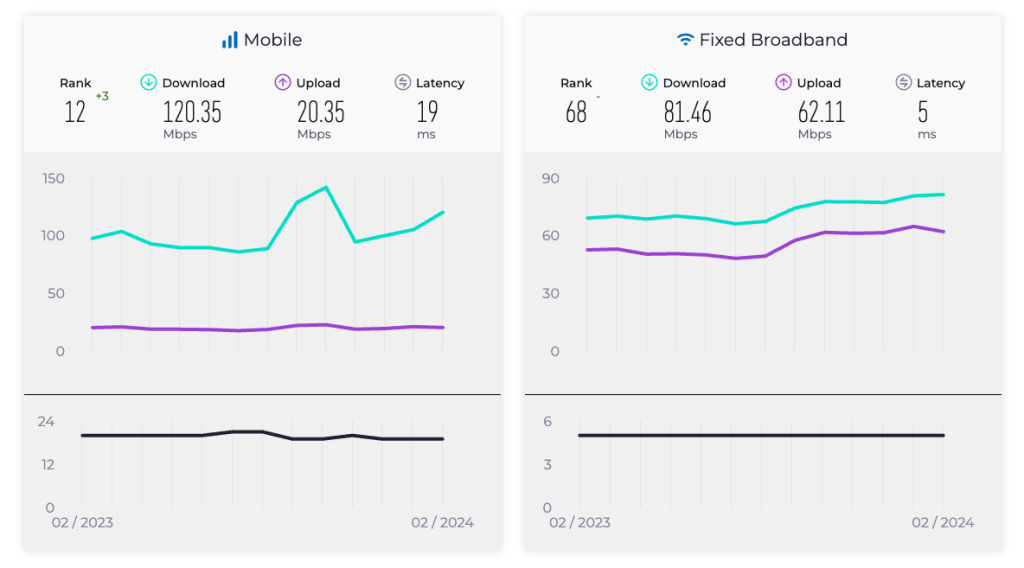
Figure 2 — Mobile and fixed broadband performance metrics for Bulgaria as of February 2024. Source: Ookla.
Addressing Broadband and Rural Connectivity Challenges
Notably, the government recognizes these gaps and hasn’t stopped its support, continuing to encourage network resilience through several national development and broadband and digital-specific plans and strategies, including:
- National Strategy for the Development of Broadband Access in the Republic of Bulgaria (2012—2015) and succeeding and updated versions of National Broadband Infrastructure Plan for Next Generation Access, which have outlined steps to accelerate the development of and access to high-speed Internet via broadband and mobile Internet services, more recently with a focus on less populated regions and improved spectrum efficiency (spectrum allocation currently scores 77% per the IRI) and network security (overall network resilience for Bulgaria is presently 71%).
- The National Development Programme of Bulgaria 2030, which is a strategic framework that determines the vision and common goals of development policies in all government sectors. One of its priorities (Priority 8: Digital Connectivity) seeks to fast-track the development of very high-capacity networks through permit exemptions, more efficient online application procedures, and the availability of georeferenced information about infrastructure and the existence of dark fiber.
- The Digital Transformation of Bulgaria for the period 2020—2030 (adopted in 2020), which seeks to assist with deploying secure digital infrastructure and ensuring access to adequate technical knowledge and digital skills.
Last November, the Ministry of Transport and Communications also announced plans to allocate nearly USD 257 million to provide high-speed Internet and mobile connectivity to up to 400,000 residents in the country’s remote and sparsely populated areas. The plan includes:
- The construction of 3,700 km of new optical routes, which will enhance Bulgaria’s already high cable ecosystem resilience score (66%).
- Upgrading 450 base stations with optical connectivity instead of radio relays — mobile operators will remain in charge of the active ICT equipment in these stations.
According to the European Commission’s Digital Economy and Society Index (DESI), Bulgaria is exceeding several target indicators it set as part of its Next Generation Access strategy, including Fixed Very High Capacity Network coverage (target 52%, as of 2023 73%), adoption of 100 Mbps fixed broadband (target 33%, as of 2023 39%), 5G readiness (target 50%, as of 2023 67%).
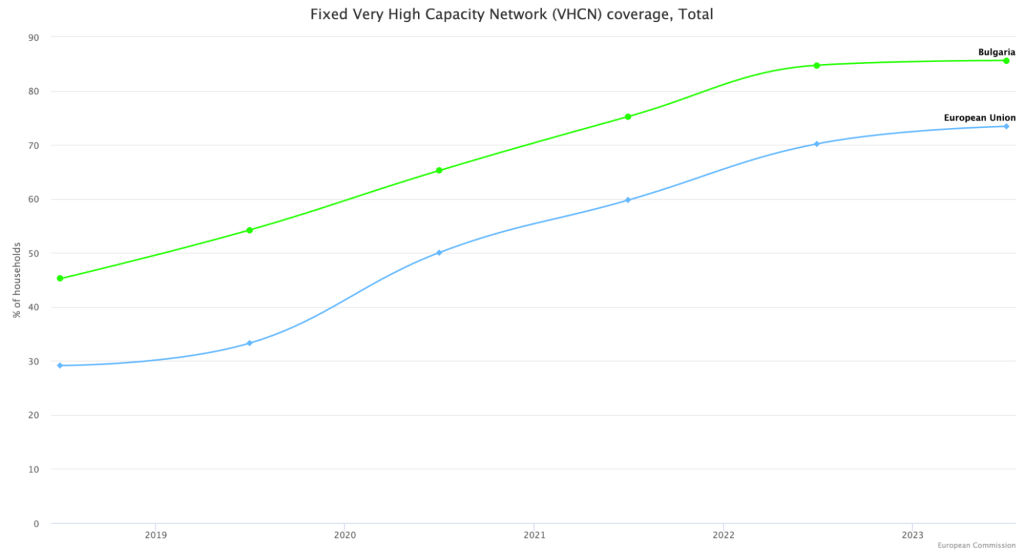
Figure 3 — The percentage of households covered by any fixed very high capacity network (VHCN) in Bulgaria compared to the European Union average. The technologies considered are fiber-to-the-home (FTTH) and fiber-to-the-building (FTTB) for 2017—2018, and FTTH, FTTB and Cable DOCSIS 3.1 for 2019 onwards. Source: European Commission.
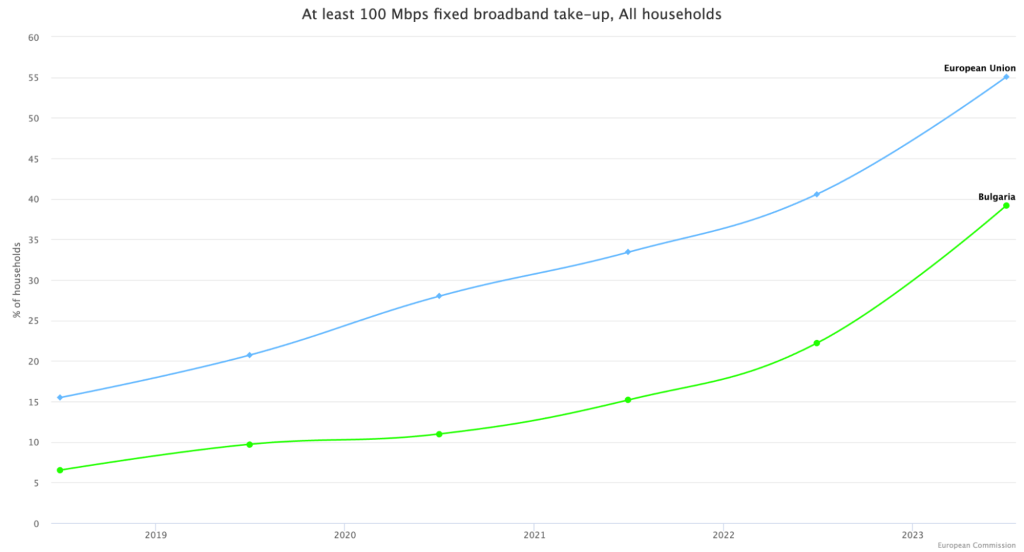
Figure 4 — The percentage of households with 100 Mbps fixed broadband services in Bulgaria compared to the European Union average. Source: European Commission.
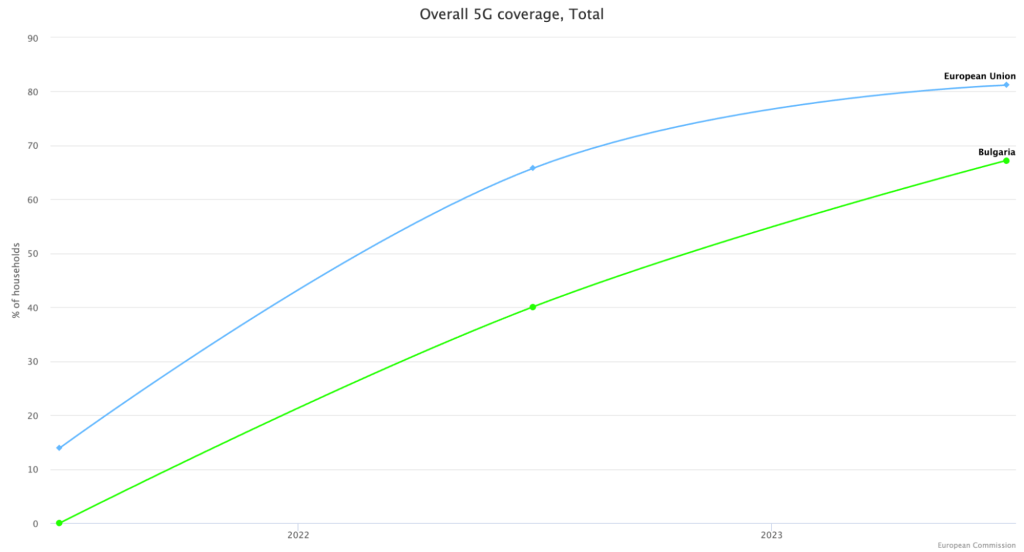
Figure 5 — The populated areas with coverage by at least one 5G mobile network in Bulgaria, compared to the European Union average. Source: European Commission.
Security and Critical Technologies Can Be Features
Another area where Bulgaria lags behind its fellow Top 10 most Internet-resilient countries (and European neighbors) is IPv6 adoption. At the end of 2023, only 17% of the country’s networks had adopted IPv6 (Figure 6). Learn more about IPv6.
According to Veni Markovski, Internet Society – Bulgaria Chair, local ISPs can close this gap by investing in new skills and understanding better the technical side and the business case for deploying IPv6 and best current routing security practices.
“There is a need for an educational outreach effort among the ISPs and the users so that they understand the benefits of deploying IPv6 and improving routing security,” says Veni. “The latter might be somewhat of a legacy from the early ages of the development of the Internet where ISPs knew each other, and because of that, there was a higher level of trust.
“At the peak of the ISP boom, there were more than 2,000 providers; for a country with a 6.5 million population, that was a lot. The number is substantially lower today due to market consolidation. Still, Internet access continues to be fast and cheap, now due to the high-speed Internet coverage provided by mobile operators.”
Overall, it continues to be impressive to see what the Bulgarian technical community has done to make the Internet resilient in their region. We look forward to continuing to see their growth continue in their Pulse country report.
Photo by Vasko Hristov on Unsplash

